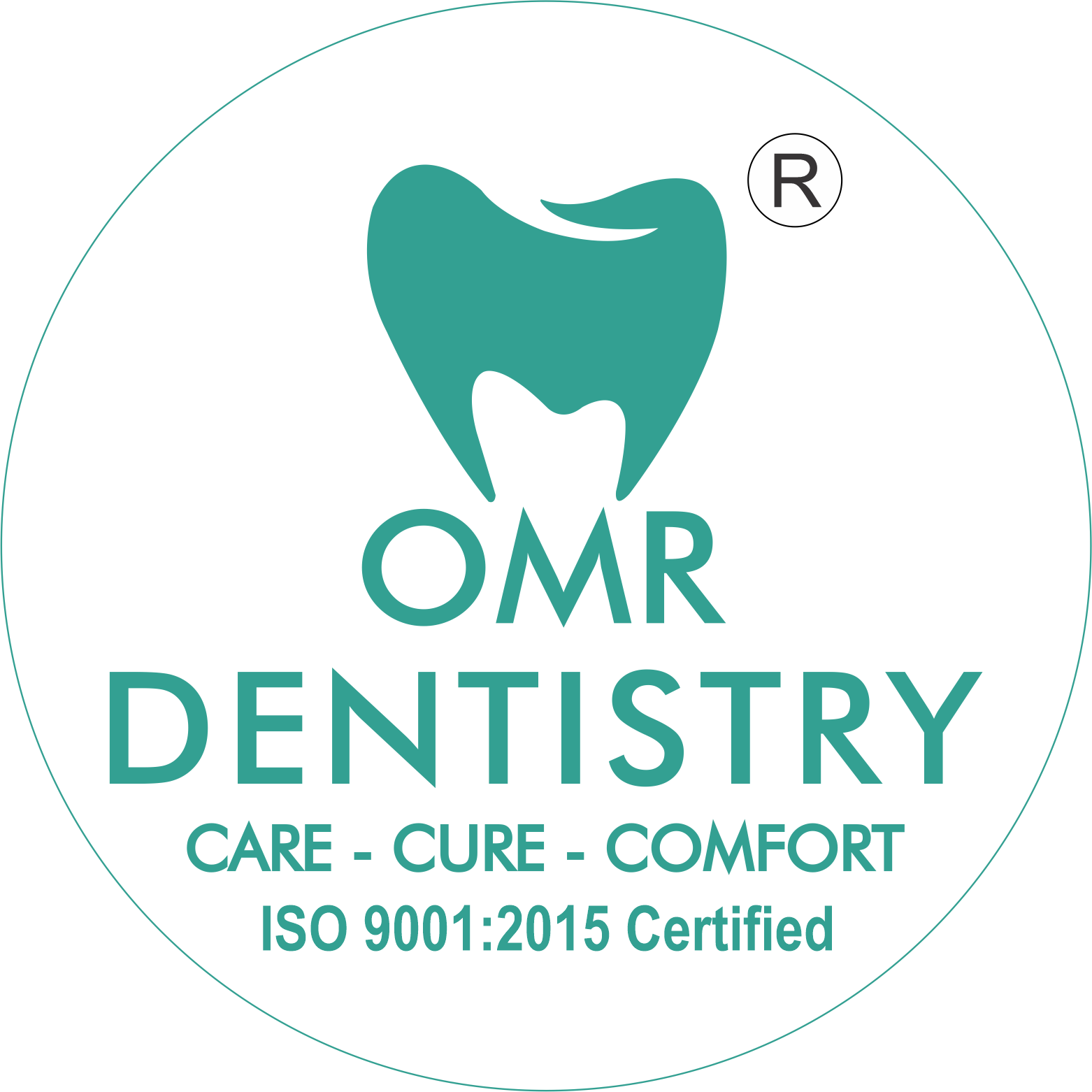28 Dec Understanding the Aftermath of Tooth Extraction: Is Replacement Necessary?
Introduction:
Tooth extraction is a common dental procedure that may become necessary due to various reasons, such as severe decay, gum disease, or injury. While the extraction itself is a routine process, many individuals wonder what happens next and whether replacing the extracted tooth is mandatory.
The Immediate Aftermath:
After a tooth extraction, patients can expect some initial discomfort and bleeding. Dentists typically provide guidelines on how to manage these symptoms, including the use of gauze, pain medication, and avoiding certain activities. Following these instructions is crucial to ensure a smooth recovery.
The Healing Process:
In the days and weeks following the extraction, the body initiates a natural healing process. The empty socket gradually fills with blood, forming a blood clot that serves as a foundation for new tissue and bone growth. Patients are advised to avoid smoking, vigorous rinsing, and consuming hard or hot foods during this crucial healing period.
Tooth Replacement Options:
The decision to replace an extracted tooth depends on various factors, such as the location of the missing tooth, its function, and the patient’s overall oral health. Contrary to popular belief, not all extracted teeth require immediate replacement.
1. Natural Shifts in the Mouth:
In some cases, the surrounding teeth may gradually shift to fill the gap left by the extracted tooth. While this natural movement can impact the alignment of adjacent teeth over time, it doesn’t always necessitate replacement, especially if the missing tooth is a less prominent one.
2. Importance of Replacing Missing Teeth:
However, there are scenarios where replacing an extracted tooth is highly recommended. The loss of a visible front tooth, for example, can affect a person’s confidence and smile. Moreover, missing teeth can lead to issues with chewing, speech, and even cause changes in facial appearance over time.
3. Replacement Options:
If replacement is deemed necessary, there are various options available, including dental implants, bridges, and removable dentures. Consulting with a dentist is crucial to determine the most suitable replacement option based on individual circumstances and preferences.
Conclusion:
In summary, the aftermath of tooth extraction involves a healing process that varies from person to person. While replacement is not always mandatory, it is essential to consider the potential long-term effects of leaving a gap in the dental arch.
Regular dental check-ups in a Good dental Clinic and open communication with a dentist can guide individuals in making informed decisions about whether to replace an extracted tooth and which replacement option suits their needs best. Ultimately, maintaining oral health and seeking professional advice are key to ensuring a healthy and confident smile post-tooth extraction. Looking for a good Dentist in Chennai OMR dentistry in one of the best option.


Sorry, the comment form is closed at this time.